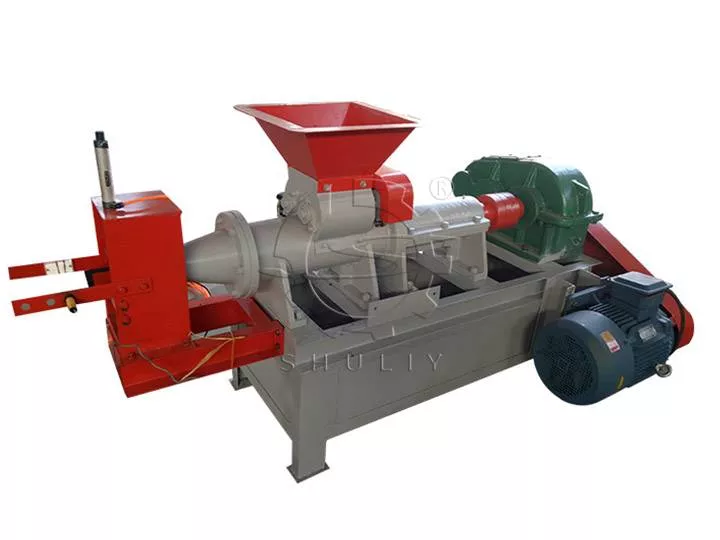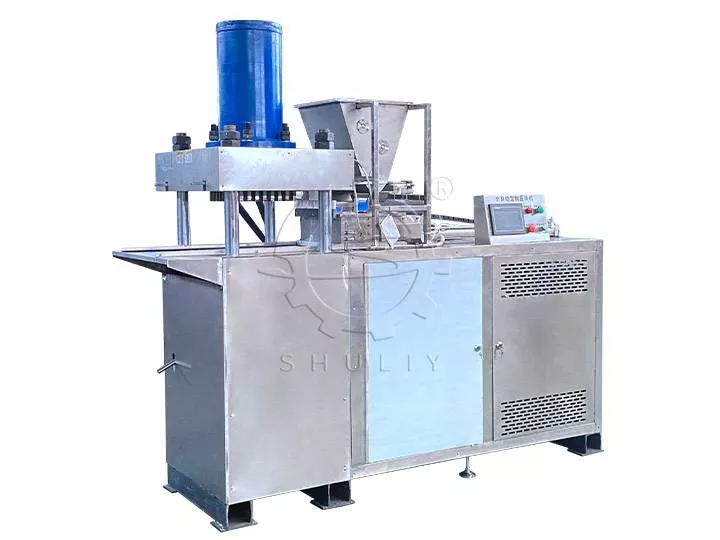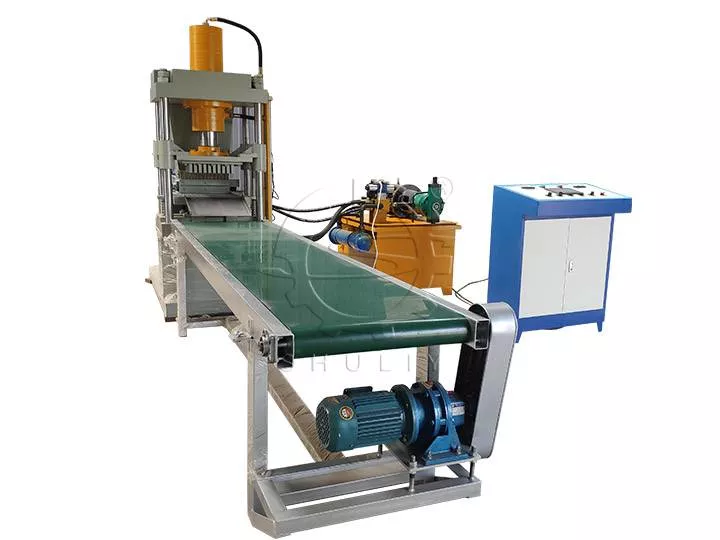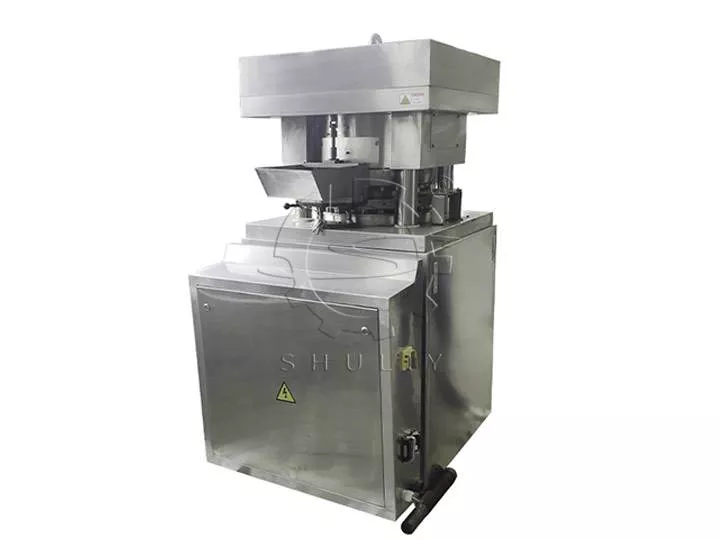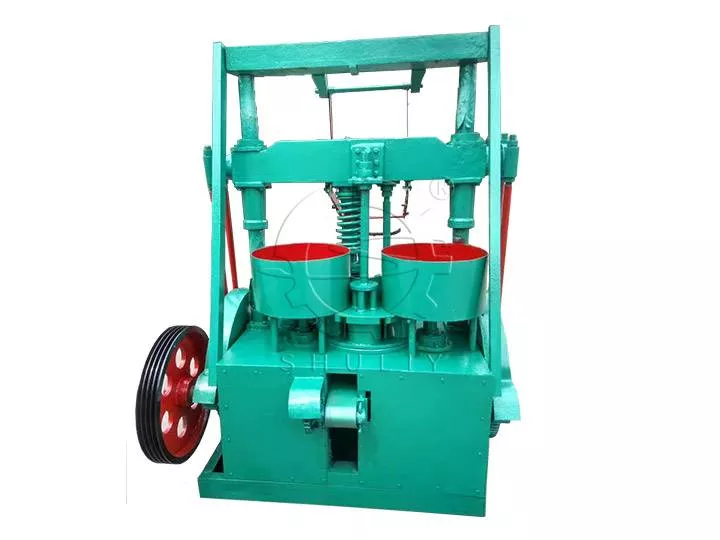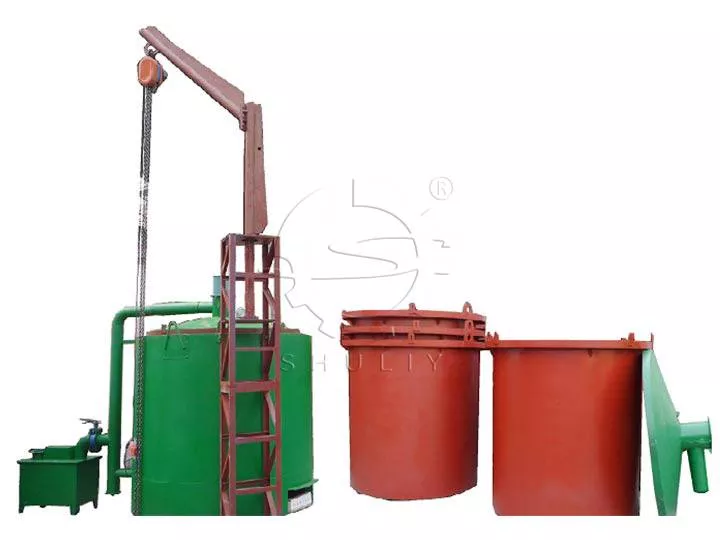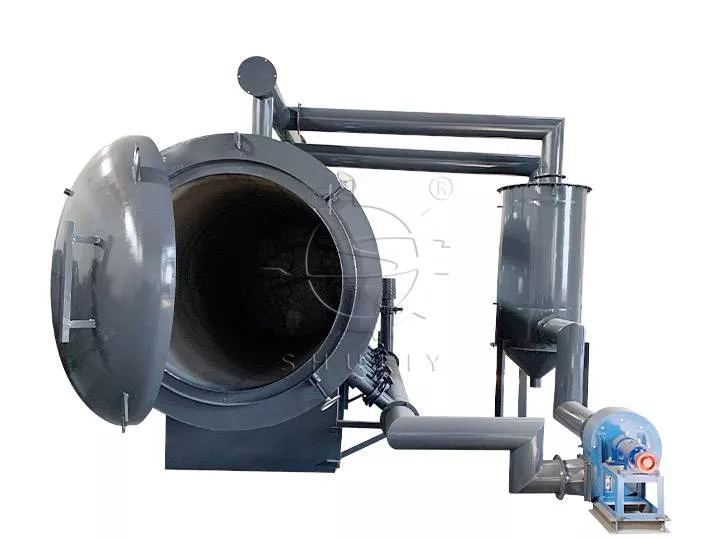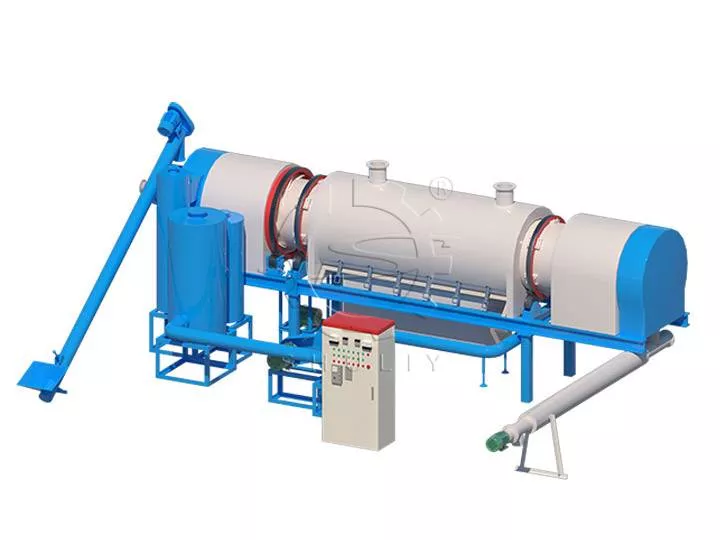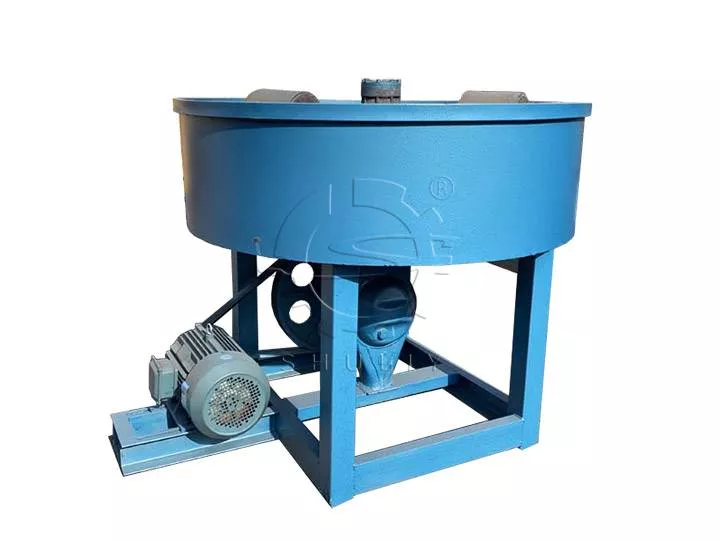Wie kann die Sicherheit bei der Holzkohleproduktion gewährleistet werden?
Die Holzkohleproduktion ist ein wichtiger Industriezweig für Energie und Produktion, birgt jedoch erhebliche Risiken. Die Kombination aus hohen Temperaturen, brennbaren Materialien und schweren Maschinen erfordert einen starken Fokus auf Sicherheit.
Durch die Einrichtung umfassender Sicherheitsprotokolle und den Einsatz innovativer Technologien können Einrichtungen ihre Mitarbeiter und Geräte schützen und gleichzeitig einen reibungslosen Betrieb gewährleisten. Dieser Artikel befasst sich mit den besten Praktiken und den jüngsten Fortschritten in der Sicherheit im Bereich der Holzkohleproduktion.
Die Bedeutung der Sicherheit bei der Holzkohleproduktion
Bei der Holzkohleherstellung sind während des Pyrolyseprozesses typischerweise Temperaturen über 500 °C erforderlich, was erhebliche Risiken birgt. Darüber hinaus können Staub- und Gasemissionen zu Atemproblemen und potenzieller Brandgefahr führen, wenn sie nicht ordnungsgemäß kontrolliert werden.
Die Internationale Arbeitsorganisation (ILO) berichtet, dass Arbeitsunfälle jedes Jahr zu 340 Millionen Verletzungen führen, wobei unzureichende Sicherheitsmaßnahmen ein wesentlicher Faktor dafür sind.
Die Priorisierung der Arbeitssicherheit und des Schutzes der Ausrüstung ist nicht nur eine gesetzliche Anforderung; Es steigert außerdem die Produktivität und minimiert Ausfallzeiten. Untersuchungen zeigen, dass in Einrichtungen, die sich auf Sicherheit konzentrieren, im Durchschnitt 25% weniger Unfälle passieren.
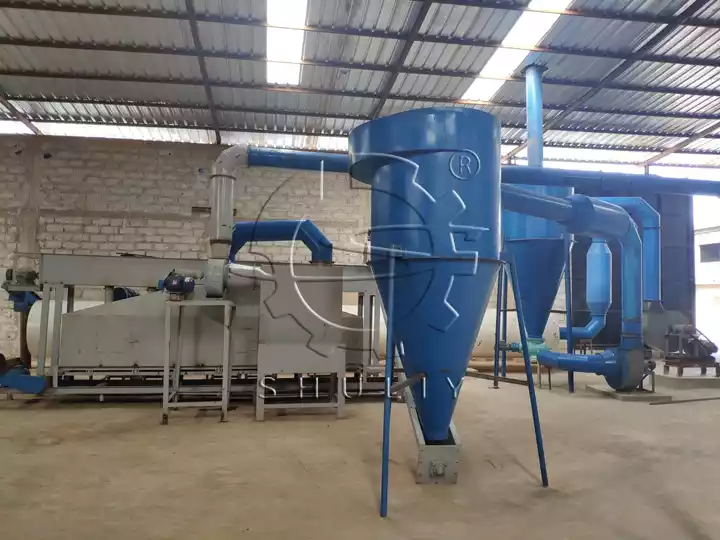
Hauptrisiken bei der Holzkohleproduktion
- Brandgefahr: Das Vorhandensein von Funken und brennbaren Materialien erhöht die Brandgefahr.
- Giftige Gase: Eine unzureichende Belüftung kann für die Arbeitnehmer zu einer schädlichen Belastung durch Kohlenmonoxid und andere Emissionen führen.
- Maschinenunfälle: Ohne entsprechende Schulung und Sicherheitsmaßnahmen kann schweres Gerät gefährlich sein.
Best Practices zum Schutz der Arbeitnehmer
- Schulung: Eine gründliche Sicherheitsschulung trägt dazu bei, dass die Arbeitnehmer potenzielle Gefahren verstehen und wissen, wie sie in Notfällen reagieren sollen.
- Persönliche Schutzausrüstung (PSA): Wichtige Gegenstände wie hitzebeständige Handschuhe, Helme und Atemschutzmasken tragen dazu bei, die mit hohen Temperaturen und schädlichen Gasen verbundenen Risiken zu verringern.
- Belüftungssysteme: Effektive Absaugsysteme sind von entscheidender Bedeutung, um die Ansammlung giftiger Gase zu verhindern und so Gesundheitsrisiken für die Atemwege zu verringern.
- Regelmäßige Wartung: Regelmäßige Inspektionen von Öfen, Förderbändern und Schreddern sind unerlässlich, um Ausfälle zu vermeiden und das Unfallrisiko zu minimieren.
- Notabschaltsysteme: Maschinen müssen über automatische Abschaltfunktionen verfügen, um Überhitzung oder Bedienungsfehler zu verhindern.
Innovative Sicherheitstechnologien von Holzkohlemaschinen
Moderne Technologien revolutionieren Sicherheitspraktiken in der Holzkohleherstellung. Diese Fortschritte verbessern die Gefahrenerkennung und verringern die Wahrscheinlichkeit menschlicher Fehler, was zu einer insgesamt verbesserten Sicherheit führt.
- Hochentwickelte Sensoren überwachen Temperatur, Druck und Gaspegel und geben den Bedienern Echtzeitwarnungen.
- Automatisierung verringert die Notwendigkeit einer direkten menschlichen Beteiligung an gefährlichen Aufgaben. Dies senkt nicht nur das Unfallrisiko, sondern garantiert auch eine gleichbleibende Produktionsqualität.
- Staubunterdrückungssysteme fangen und neutralisieren luftgetragene Partikel effektiv, verbessern die Luftqualität und minimieren die mit brennbarem Staub verbundene Brandgefahr.
Manager in der Holzkohleproduktion müssen wirksame Sicherheitspolitiken und -systeme einführen. Durch die kontinuierliche Verbesserung des Sicherheitsbewusstseins und die Förderung guter Sicherheitspraktiken können wir die langfristige Stabilität der Holzkohleproduktion gewährleisten.

